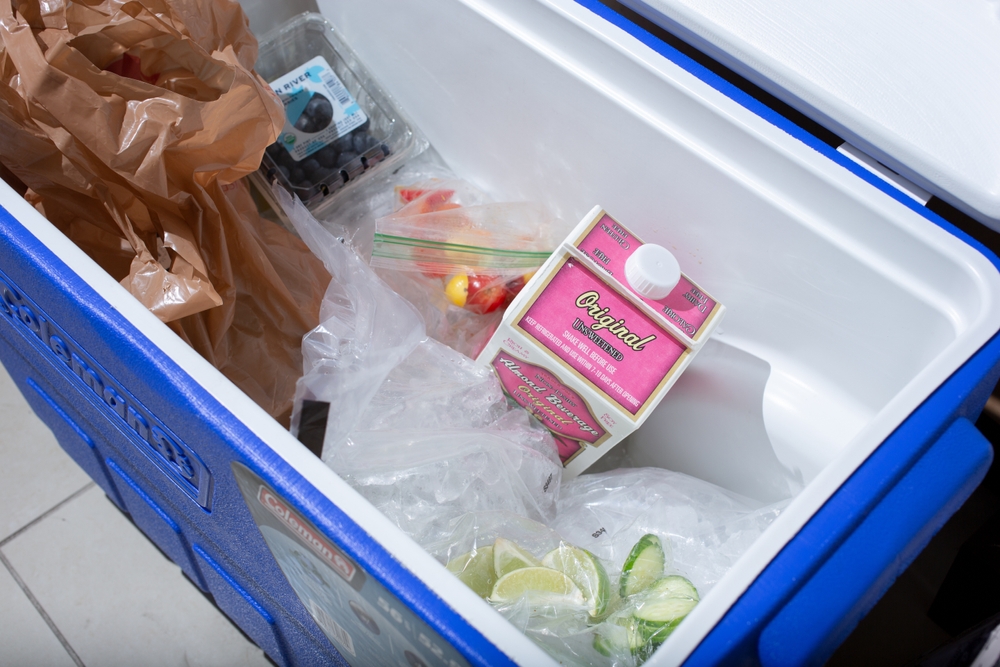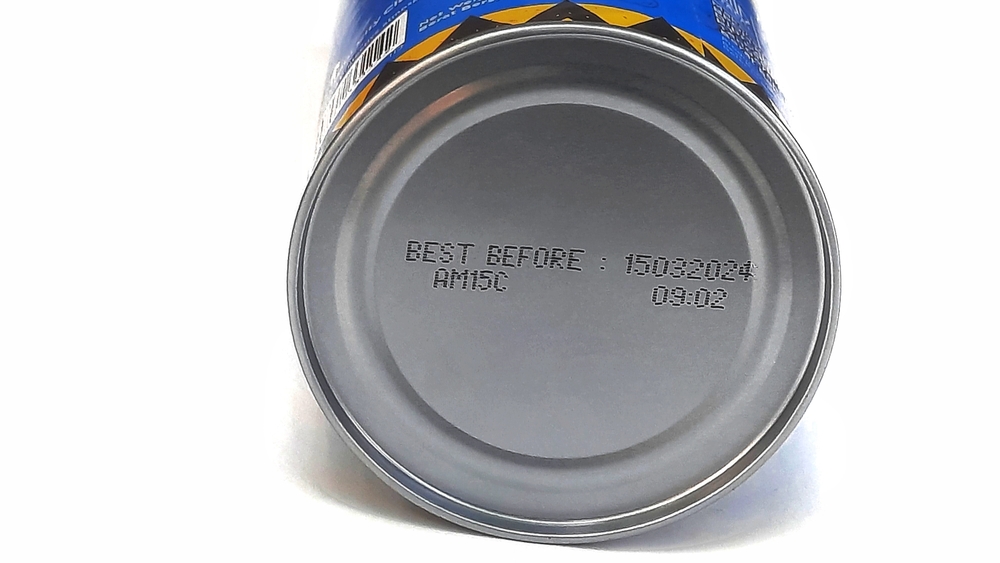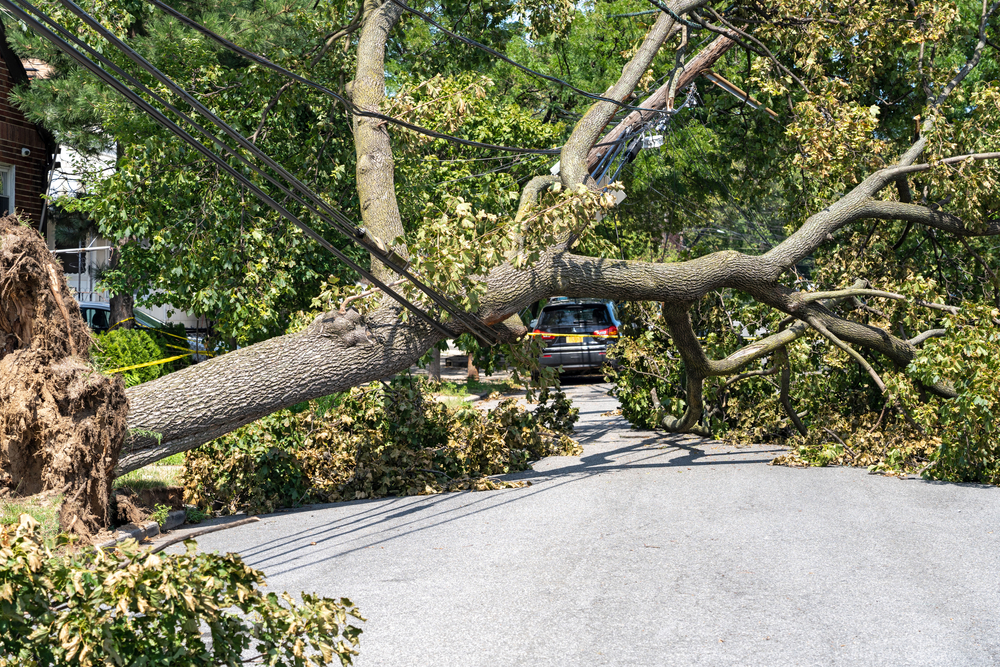Falling temperatures, howling winds and gray skies are all signs that the dreaded winter power outage season has arrived. With recent natural disasters wreaking havoc on our electrical infrastructure, more households than ever before are finding themselves in a bind when it comes to keeping food safe during a blackout. Don’t panic – there are plenty of simple strategies you can use to ensure your family’s meals stay fresh and safe until the lights come back on! In this blog post, we’ll discuss best practices for an extended power outage refrigerator food safety tips so you don’t have to worry about wasting costly groceries or risking health complications. Plus, with these tips right at your fingertips, you’re sure to feel prepared next time the lights go out!
How Long Can Food Stay Safe in the Fridge and Freezer?

When the power goes out, perishable foods in the refrigerator, such as meat, fish, dairy products, can go bad after four hours, while a fully packed freezer can stay safe for up to 48 hours. To maximize the safety of your food, avoid opening the fridge and freezer doors unless necessary. If the doors are left open, the temperature inside rises and can ultimately cause your perishable goods to spoil prematurely. You can also reduce the number of times you open them by having a plan beforehand of what you need, so you can retrieve everything in one go. Remember, a little effort can go a long way in preserving the quality and freshness of your groceries! When the power returns, ensure you toss any food that has been left out at room temperature for more than two hours. In general to ensure that your food is always at a safe temperature level, check the appliance thermometers in your refrigerator and freezer often. Optimally, the refrigerator should register 40° F or below, and the freezer should register 0° F or colder.
How to Use a Cooler to Keep Perishables Safe

If your power outage lasts more than a day, using a cooler packed with ice can help keep your food safe. But remember, cleanliness is key when it comes to our food and drink storage, especially when it comes to coolers. It’s important to keep in mind that without proper cleaning, pathogens can easily grow and contaminate the contents of the cooler. To prevent this from happening, it’s essential to clean the cooler before and after each use with hot, soapy water. This simple task ensures not only the cleanliness of the cooler, but also the safety of the food and beverages that we consume. By taking this extra step, we’re helping to protect ourselves and our loved ones from harmful pathogens that can wreak havoc on our health. Fill the bottom of your cooler with ice and place your perishable foods on top of the ice, cover them with more ice, and then put the lid on tightly. Remember to monitor the food temperature in the cooler and replace the ice as necessary. In addition to using ice, you can also use cold packs or frozen gel packs to keep your food chilled. These packs can stay frozen for up to 24 hours, depending on the brand, helping to prolong the shelf life of your food. Once the power is restored, ensure you check for any signs of spoilage before consuming the food by looking for an unusual odor, color or texture. It’s never wise to taste or eat food to determine safety. Remember the old adage: When in doubt, throw it out.

When planning ahead for a power outage, it’s important to have a supply of food on hand that can be stored without refrigeration. This means selecting non-perishable foods that are easy to prepare and don’t require refrigeration or cooking. Ideal options include canned goods, dry cereal, peanut butter and crackers and snacks such as granola bars or trail mix. Be sure to include items that provide a good source of protein, carbohydrates, and healthy fats to keep you fueled and energized.

In addition to food, it’s also crucial to have a supply of clean water on hand during a power outage. In general, it’s recommended to have at least one gallon of water per person per day. This should be enough to cover drinking, cooking, and basic sanitation needs. If you have pets, it’s also a good idea to have extra water on hand for them, too.
While it’s not always practical to cook during a power outage, there may be times when you want to warm up a meal or make something hot to eat. To do this, you’ll need to have a way to cook without electricity. Options include camping stoves, gas grills, and charcoal grills. Alternatively, you can also stock up on pre-cooked items that can be eaten cold or warmed up on a lower heat source, such as canned soup or chili.
Once you’ve stocked up on food and water for a power outage, it’s essential to keep the supplies fresh. This means regularly checking expiration dates and rotating out any items that are close to expiring. It’s also a good idea to periodically assess your needs and adjust your stockpile accordingly. For example, you may need to add more supplies if you have a larger family or if you live in an area that is prone to more frequent power outages.

Finally, it’s essential to have a plan in place for emergencies. This means having a fully-stocked emergency kit that includes items such as a first aid kit, flashlights, batteries, and extra blankets. It’s also a good idea to have a battery-powered or hand-cranked radio to stay informed about any weather updates or emergency alerts.

Don’t wait until the next power outage to start preparing. By stocking up on essential food and supplies and developing a solid plan for emergencies, you can rest assured that you and your family will stay safe and comfortable during times of unexpected outages. Remember, with proper planning and preparation, you can ensure that your food stays fresh and safe for consumption. Be sure to follow the four-hour rule for perishables in the fridge, use a cooler or cold packs to keep your food cold, and stock up on non-perishable foods. With these tips in mind, you can keep your family fed and even thriving during those unexpected emergencies.


